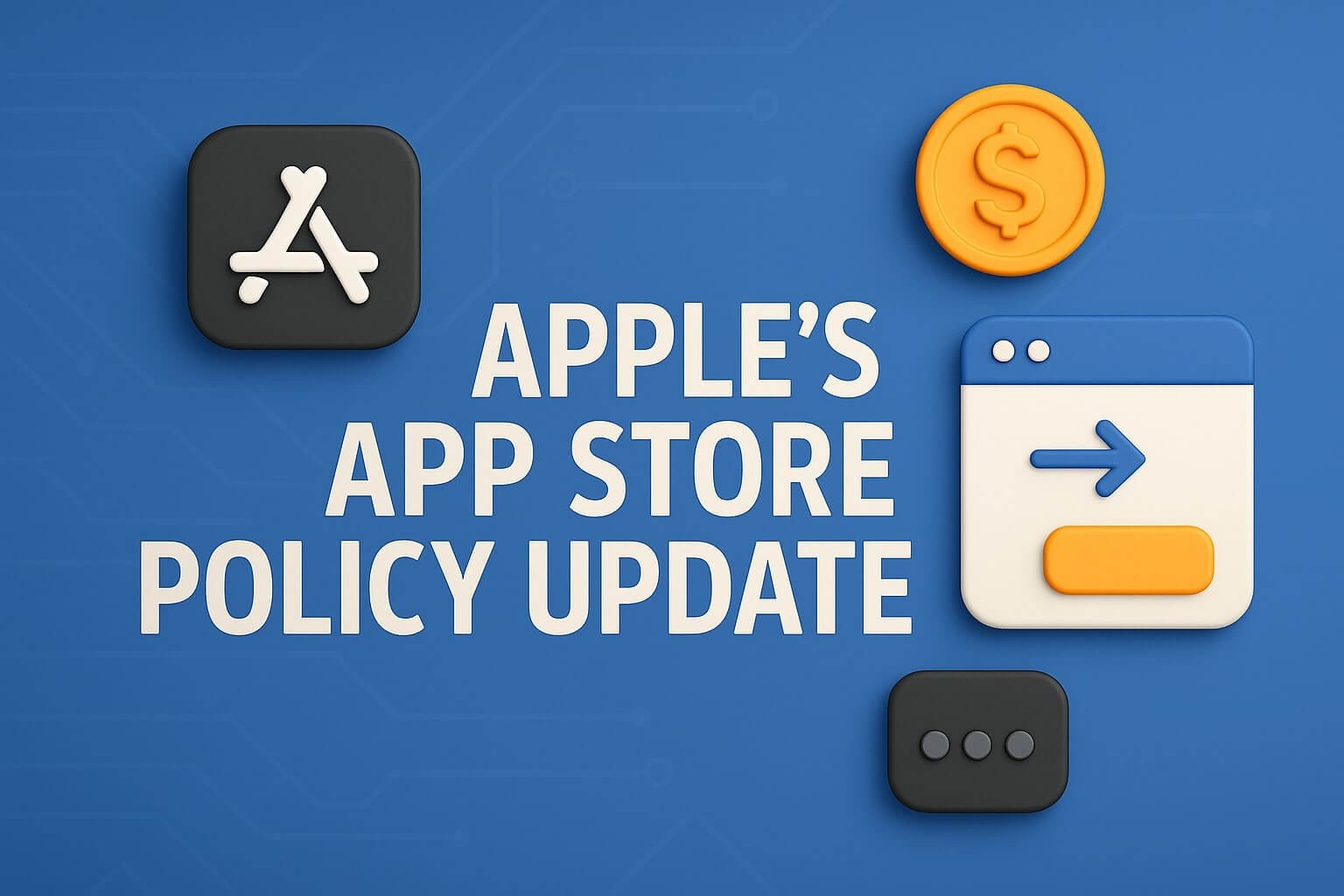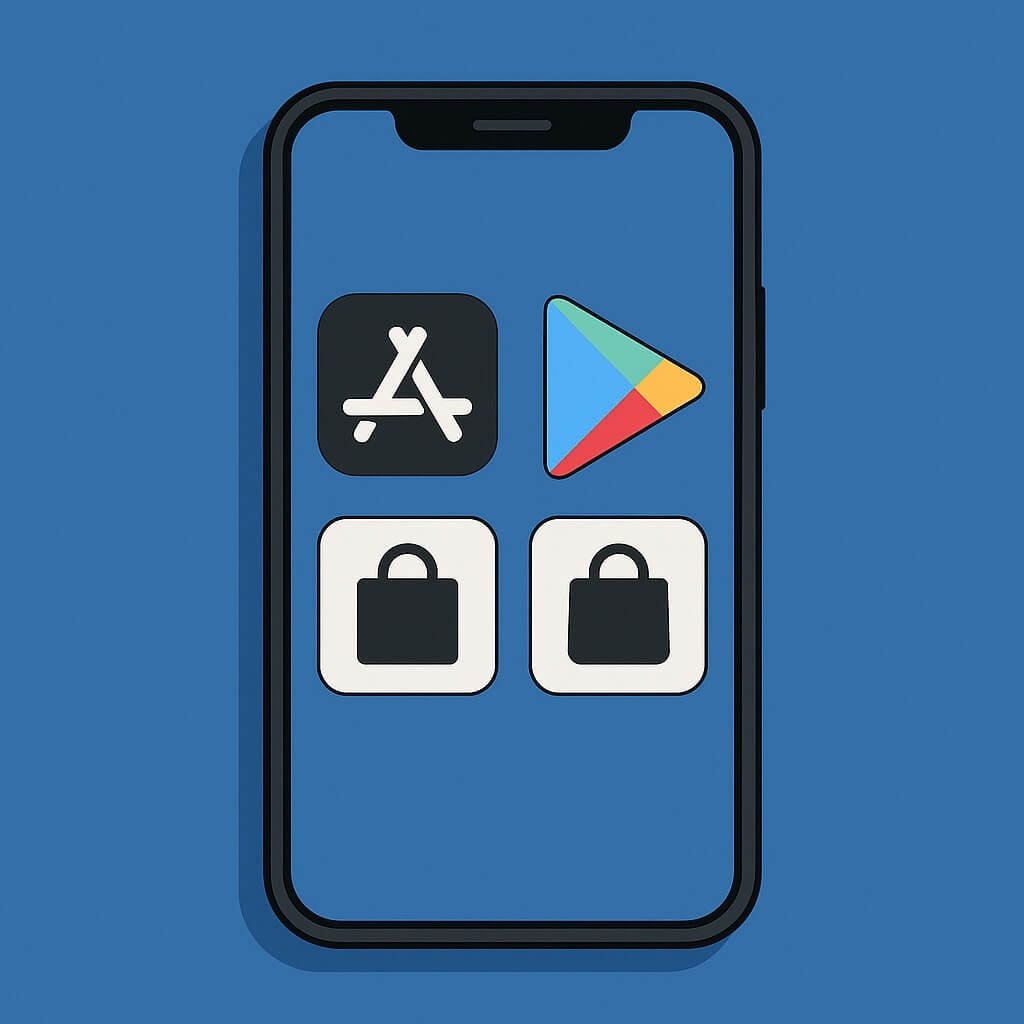In 2025, Google Play is doubling down on transparency, privacy, and performance — and the Google Play SDK Index is at the center of it all. For developers, this means SDKs are no longer just dependencies — they’re liabilities if not monitored properly.
Whether you’re shipping a new game or updating an existing title, staying compliant with the SDK Index is essential for smooth publishing, update approvals, and user trust.
🔍 What is the SDK Index?
The SDK Index is a public registry where Google lists third-party SDKs, assessing them based on:
- Security risk (vulnerabilities, permissions misuse)
- Stability (crash rate thresholds)
- Policy compliance (user data access, background behavior)
If an SDK you’re using is flagged — even indirectly through a plugin — it could cause your app submission or update to be rejected.
🚨 What Changed in 2025
As of Q1 2025, Google Play has started actively blocking app updates that use SDKs identified as “non-compliant” or “high-risk” unless you update or remove them.
This applies to SDKs:
- Linked via Gradle or Maven
- Bundled inside Unity or Unreal plugins
- Dynamically loaded via remote code
📋 Actionable Steps for Developers
1. Regularly Audit Your SDKs
Go to Google Play Console > Policy > SDK Index and review the list of SDKs flagged in your apps.
2. Replace Outdated SDKs
Check for updates via your SDK provider. If no update exists, consider replacing it or contacting the SDK vendor to confirm policy alignment.
3. Use Static Analysis Tools
Use tools like Android Lint, Android Studio Profiler, and IntelliJ IDEA to scan for risky or redundant dependencies.
🧩 What About Game Engines Like Unity?
If you’re using Unity Ads, Firebase, Adjust, or other SDKs inside Unity or Unreal, you’re still responsible for ensuring they’re compliant. Make sure the version of the plugin you’ve integrated:
- Has updated privacy and permission declarations
- Doesn’t violate background behavior restrictions
💡 Pro Tip: Use Unity’s Package Manager and custom manifest files to track SDK versions and flags.
📬 Final Word
Don’t wait for your next update to be rejected. By actively managing SDK compliance, you ensure:
- Faster app review times
- Fewer user complaints (due to stability issues)
- Long-term publishing success
The SDK Index isn’t a warning — it’s a new standard. Treat it like a partner in QA, and you’ll spend more time launching and less time debugging approvals.




